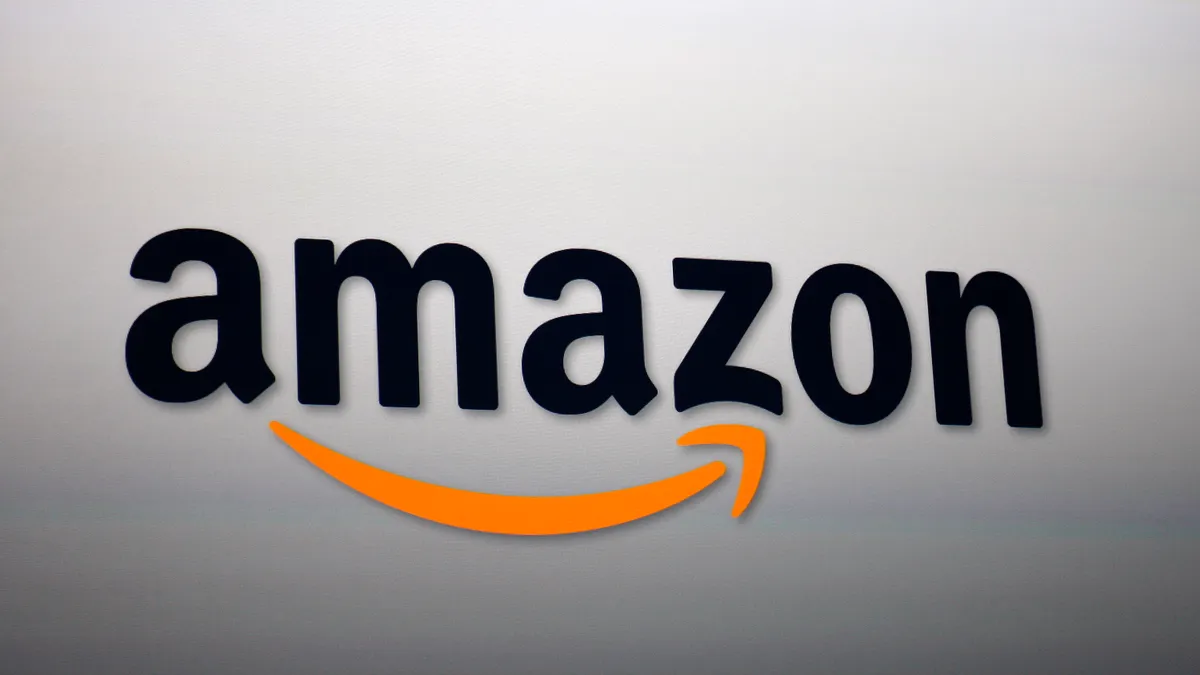Dive Brief:
- Amazon announced Wednesday it met a goal to match all of the electricity consumed across its global operations with 100% renewable energy in 2023, seven years ahead of its original 2030 target. This includes energy utilized in its data and fulfillment centers, grocery stores and corporate offices.
- The e-commerce giant was able to accelerate its pathway to this sustainability target by investing “billions of dollars” in over 500 wind and solar projects across 27 countries which, collectively, can generate energy sufficient to power 7.6 million homes in the U.S., per its latest sustainability report, released the same day.
- The company also reduced its absolute carbon emissions by 3%, emitting 68.82 million metric tons of carbon dioxide equivalent in 2023, down from 70.74 million tons in 2022, according to the report. These emissions include those generated by product manufacturing, purchased electricity, transportation of packages and business travel.
Dive Insight:
The Seattle, Washington-based tech company — which also specializes in cloud computing, digital streaming and artificial intelligence — reported it had enabled almost 1.7 GW of offshore wind capacity in Europe and supported over 80 renewable energy projects across the Asia Pacific region. Beyond its foreign investments, the company has also incorporated renewable energy into its operations and corporate buildings within the U.S., relying on utility-scale green projects to curb its carbon footprint, according to the report.
Amazon said its renewable energy portfolio aims to avoid approximately 27.8 million tons of carbon annually, once all its projects are operational.
Amazon was the top corporate purchaser of green energy in 2023, according to recent research from BloombergNEF. The tech giant secured 74 individual power purchase agreements signed across 16 markets last year alone, the research found. These PPAs — which include both solar and wind power deals — are estimated to have 8.8 GW of energy production capacity.
These investments build on the company’s goal to reach net-zero carbon emissions by 2040, a goal it committed to when launching its Climate Pledge initiative. The program pushes corporations to achieve net-zero a decade ahead of the Paris Agreement’s 2050 goal.
Though Amazon reduced its overall emissions, it reported a 7% year-over-year jump in its scope 1 emissions. The company attributed the rise to general business growth and an increase in the number of packages delivered by its logistics network versus a third-party transportation provider. The company said over two-thirds of packages were delivered by its in-house logistics subsidiary in 2023.
“Our progress toward a net-zero carbon business will not be linear, and each year as our various businesses grow and evolve, we will produce different results,” Amazon Chief Sustainability Officer Kara Hurst wrote in the company’s sustainability report.
Hurst also said the company was utilizing AI to monitor and optimize energy use and provide solutions to sustainability challenges. She noted that though “much work remains,” Amazon was “uniquely positioned” in finding out how AI could help “address climate change in a more efficient and responsible way.”















